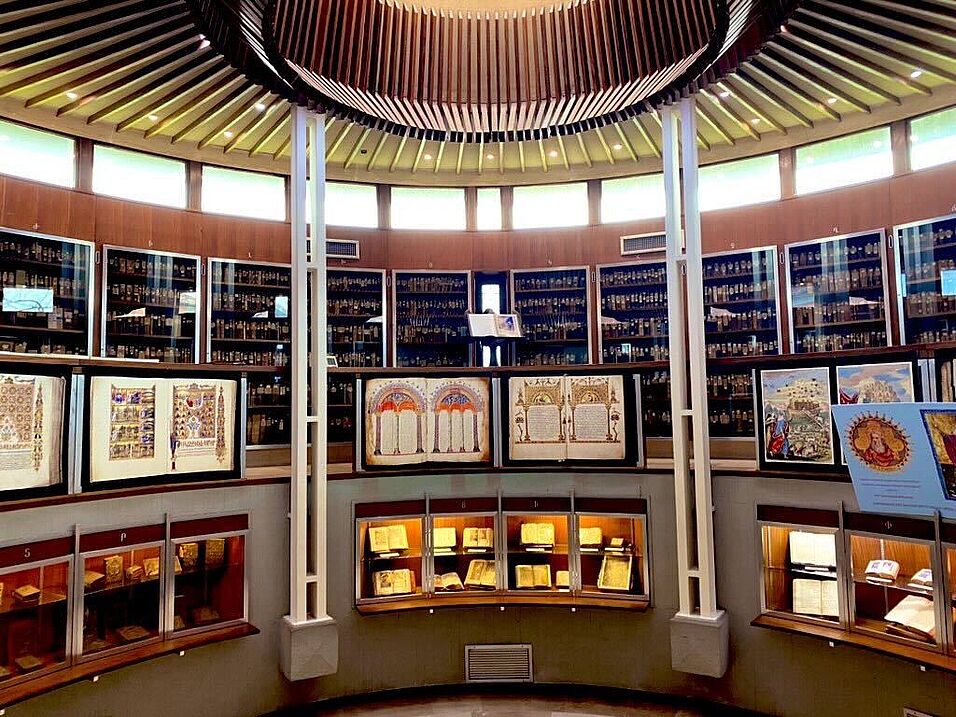The Armenian Mekhitarist Monastery of Venice is in many ways foundational to the discipline of Armenian studies. Since its establishment on the island of San Lazzaro in 1717, the monastery and its famous publishing house have been a centre of intellectual activity.
Accessible by boat, the island sits to the south of the Piazza San Marco and just west of the Lido in the Venetian lagoon. Originally home to a leper colony, and subsequently playing host to various religious orders throughout its history, it was granted by the Republic of Venice to a group of Armenian Catholic monks led by Mekhitar of Sebasteia in 1717. Over time, the island has grown through various land reclamation projects which have given San Lazzaro the form in which visitors see it today. The community is still inhabited by around twenty permanent residents. Consisting of monastic residencies, the Church of San Lazzaro, gardens, a library, and several museums and exhibitions of priceless artworks and artefacts, the island remains a hub of Armenian cultural life.
Shortly after making San Lazzaro home, Mekhitar’s new monastic community embarked on an ambitious intellectual programme, boosted in 1789 by the introduction of a printing press. Among its many and varied publications, San Lazzaro contributed the first dictionary of the Armenian Language (1749), Mekhitar’s Armenian edition of the Bible (1733), a monumental three volume history of Armenia by Mik‘ayel Č‘amč‘ean (1786), the Armenian studies journal Bazmavēp (1843), as well as countless seminal Armenological studies by Łevond Ališan and other Mekhitarist fathers now synonymous with the discipline. When approaching nearly every subject in the field of Armenian studies, chances are that you can trace the scholarship back to a Mekhitarist monk who first considered the issue nearly two hundred years ago.
With such a rich intellectual history comes an enormously impressive monastic library consisting of thousands of printed books, as well as the third largest collection of Armenian manuscripts in the world after the Matenadaran and the Armenian Patriarchate of Jerusalem. Their manuscript collection includes some of the earliest and most precious surviving Armenian codices including the ninth century Gospel of Queen Mlk‘e. I was grateful to be granted access to the library on behalf of the RELEVEN project earlier this month and spent time in the archive examining two eleventh-century Armenian Gospel manuscripts, V 887 and V 1268. V 887, known as the Gospel of Adrianople is a richly illuminated text which was commissioned by the Protospatharios and Proksimos Yovhannes in the city of Adrianople in the year 1007. The insightful information found in the colophons of these two manuscripts will be incorporated into our RELEVEN database, sharing the wealth of information about people, places, and textual production which they contain.
Our deepest thanks go to Father Vahan and the rest of the team at San Lazzaro for their assistance, collaboration, and warm hospitality.

